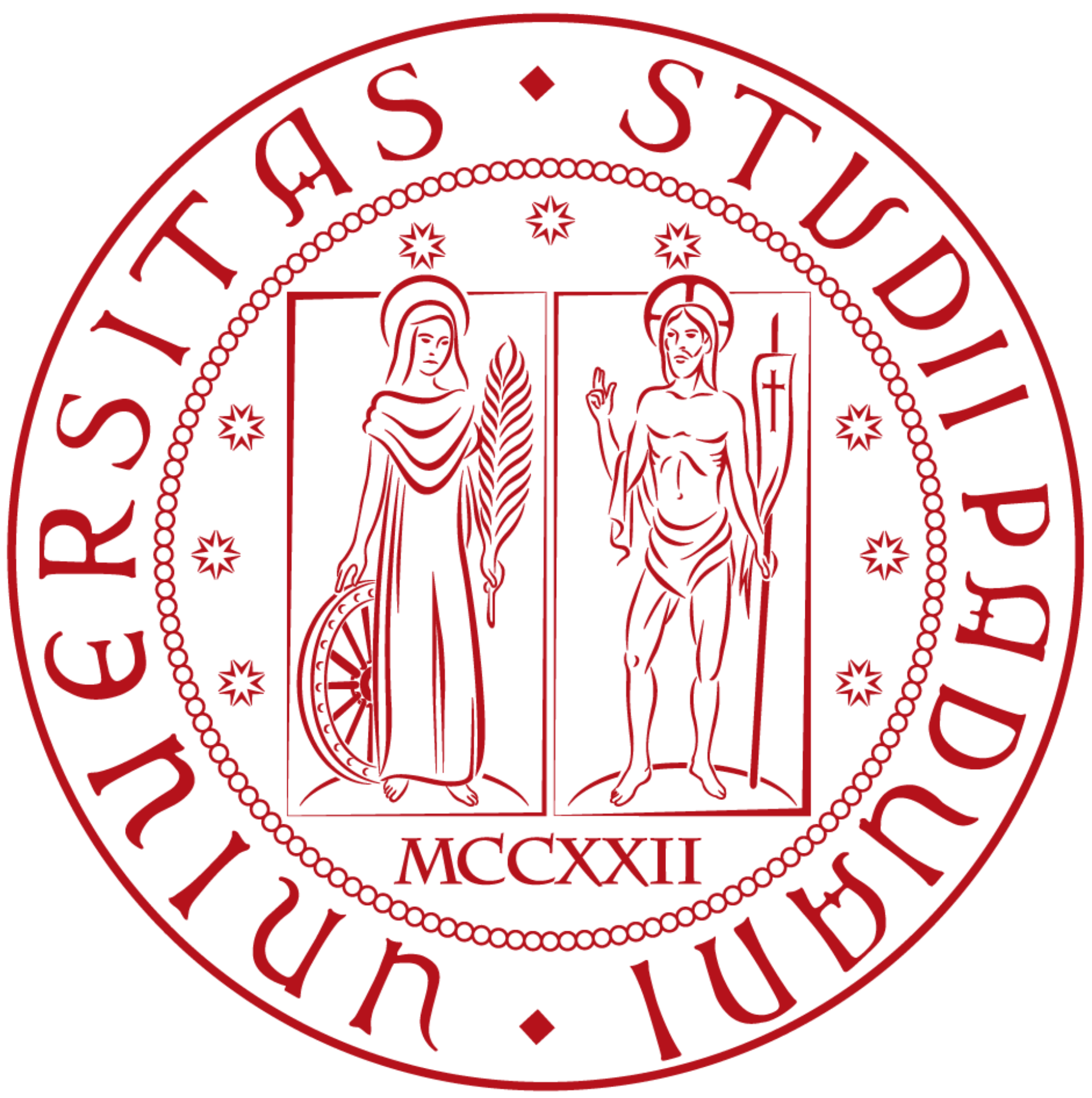Razieh Masoomi

research fellow |
Bio: Razieh got her bachelor's degree in physics and then went on to study complex systems in her master's program. Her master's thesis explored percolation on small world networks, investigating how long-range connections impact the percolation threshold. Building on the established theory of structural balance, which explains tension reduction in triadic relationships, In her PhD thesis she extended the theory to address some complexities of real signed networks. The structural balance has successfully described many phenomena, from politics, international relations, sociology, and epidemiology. Despite its successes, Heider’s balance model could be extended to more complicated models to address the complexities of a range of phenomena in the real world. In her thesis, she extended the structural balance in these two ways: (1) investigating the thermal behavior of structural balance in random networks. (2) investigating structural balance in heterogeneous networks with two types of signed relations in non-zero temperature. Then as a postdoc in computational social science she tried to answer this question : which properties of empirical contact networks can be explained by simple crowd dynamics, and which properties necessitate additional mechanisms. She utilized data collected with the SocioPatterns platform during 4 face-to-face interactions conferences to make their temporal contact network. She then performed simulations for a range of 2D models of particle dynamics to compare with the conference's dataset. Research activities: Razieh is primarily interested in complex systems, Network science, statistical mechanics, machine learning, and their applications in epidemic problems. On a more detailed level, her interests center on modeling seasonal respiratory viruses within structured populations. She is also fascinated by this question: " When a single strain dominates, how environmental factors, people's interactions, and the specific strain's inherent fitness all contribute to its dominance. Beyond modeling, the potential of machine learning in epidemiology excites her. She is eager to see if these models can predict outbreaks based on early warning signs well, and identify which factors have the biggest impact on their accuracy. |
|---|
